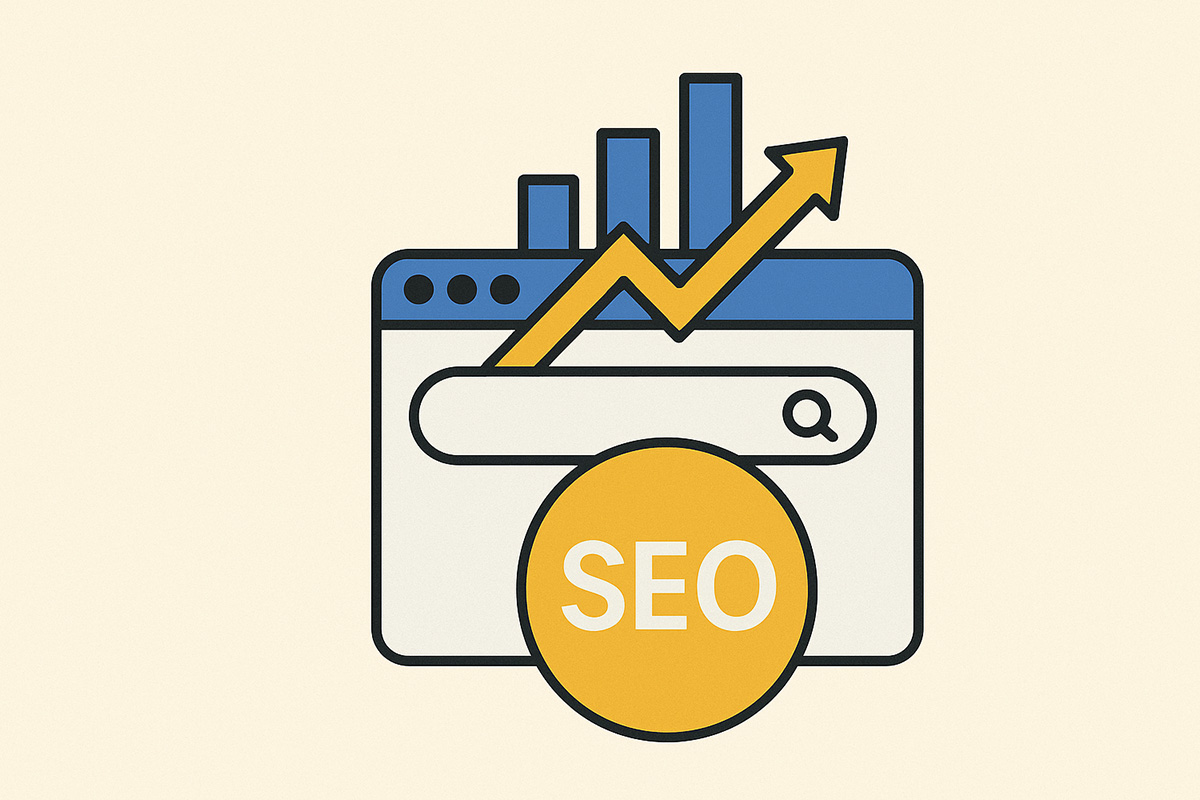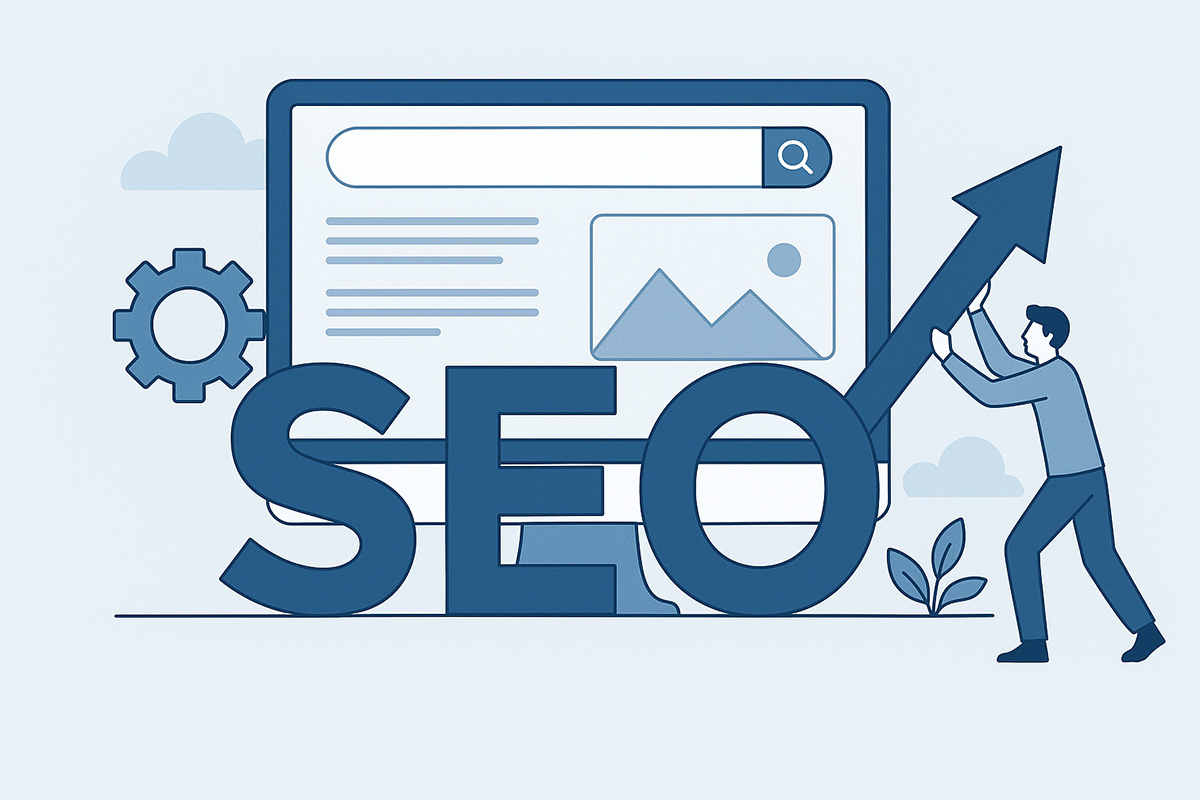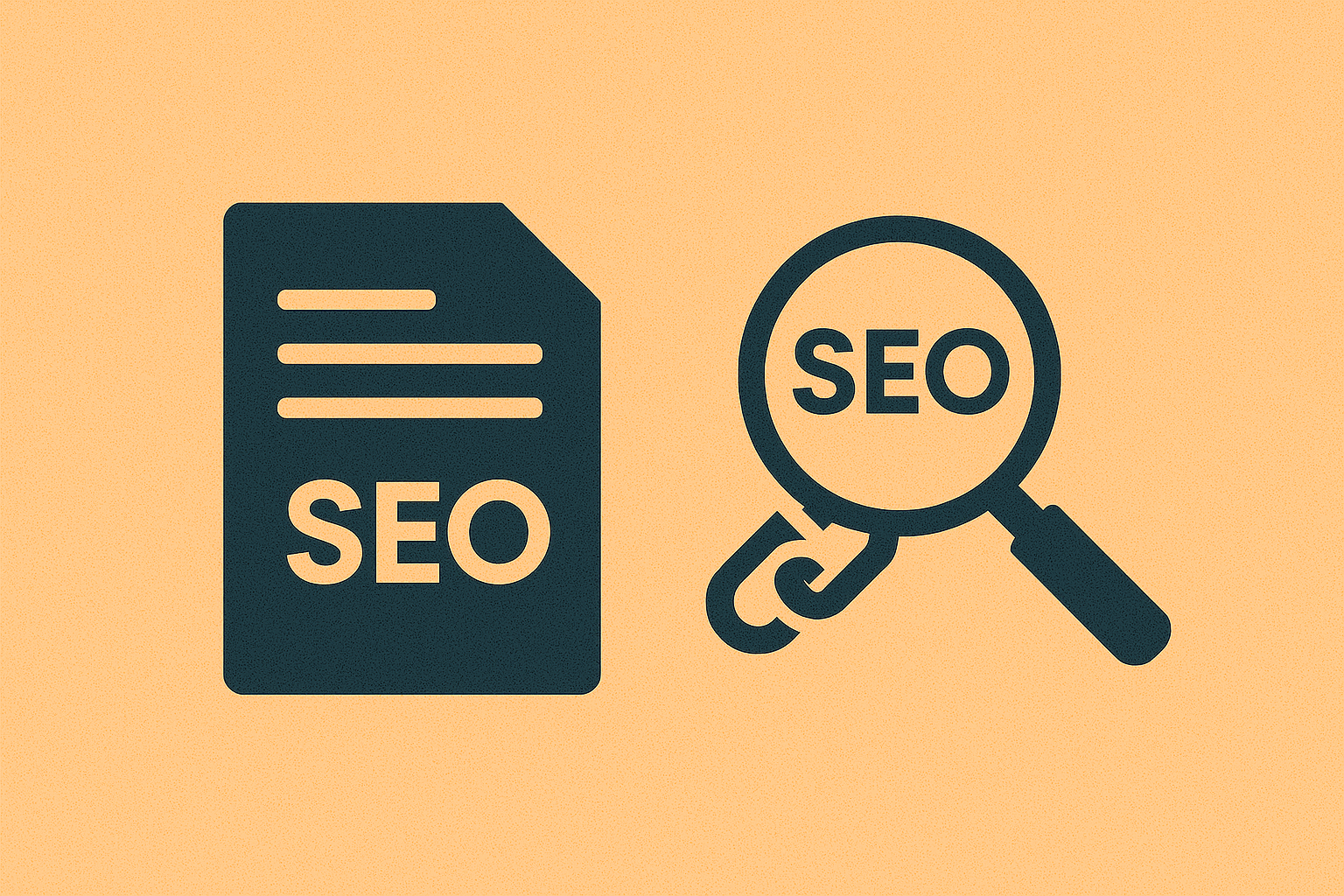Home / Blogs / How to Create a Website Structure That Enhances SEO and Boosts Your Rankings
How to Create a Website Structure That Enhances SEO and Boosts Your Rankings
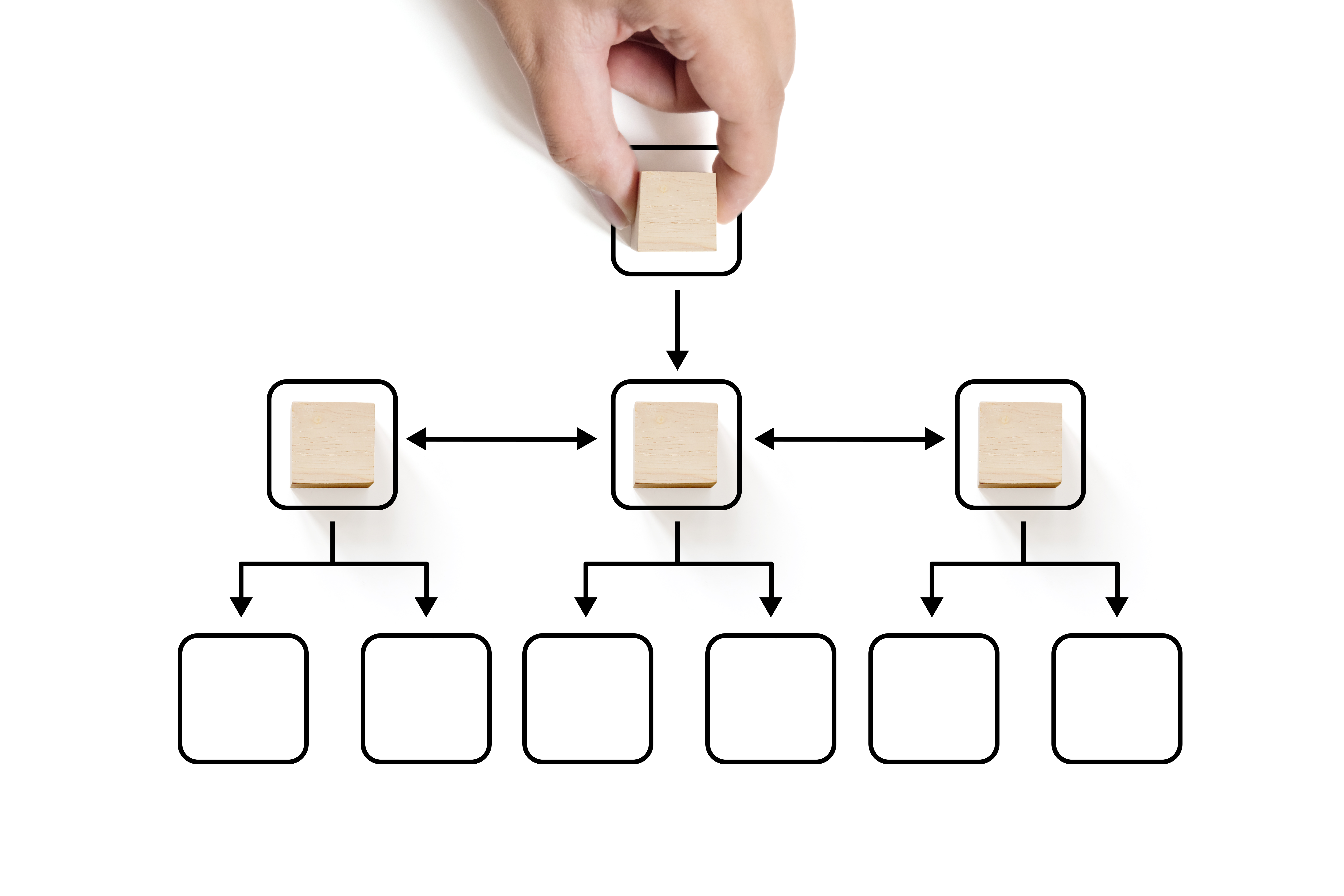 SEO
SEO
A beautiful website design might attract attention, but if your users (and search engines) can’t find what they’re looking for, your traffic won’t convert, and your rankings won’t last. That’s why website structure SEO is one of the most important, yet most overlooked, components of a high-performing site.
Your site’s structure plays a foundational role in how Google crawls, indexes, and ranks your pages. Whether you're building a new site or revamping an old one, it’s critical to get your structure right from the start.
In this blog, we’ll explore how site structure affects SEO, what elements you should focus on, and how a well-thought-out strategy can improve your Google keyword rankings while delivering a better experience for users.
Why Site Structure Matters for SEO
Think of your website like a book. It needs a clear table of contents, logical chapters, and smooth navigation from one section to the next. If your website is disorganised, users get lost, and search engines do too.
A poor structure can result in:
- Low crawlability
- Diluted link equity
- Confused user experience
- Duplicate content issues
- Lower rankings
But with a structured approach, you can achieve quick SEO wins to 2X your traffic and boost rankings without relying solely on content or backlinks.
What Is Website Structure?
Website structure refers to how your web pages are organised and connected. It’s about grouping related content, defining hierarchies, and guiding users through intuitive navigation paths.
There are four primary types of website structures:
- Hierarchical (Tree) – Common for most businesses; content flows from homepage > categories > subcategories > individual pages.
- Sequential – Ideal for storytelling or linear processes like onboarding.
- Matrix – Offers multiple navigational paths (filters, search, etc.).
- Database-Driven – Typically used in eCommerce, with pages dynamically generated from backend databases.
An experienced web development agency ensures your chosen structure complements your SEO goals, UX, and technical requirements.
Why a Good Site Structure Is Critical for SEO
A logical structure ensures Googlebot can discover and understand all your pages without getting stuck in loops or dead ends.
- Enhances Internal Linking
A well-planned structure promotes contextual linking between related pages, passing link equity and improving keyword relevance.
- Boosts User Engagement
Intuitive navigation keeps users on your site longer, which reduces bounce rates, a signal Google pays attention to.
- Supports Sitelinks in SERPs
Clear hierarchies often lead to enhanced listings in Google (sitelinks), which increases click-through rates.
In short, site structure and SEO are tightly connected. A smart structure makes SEO work faster and more efficiently.
Key Elements of a Strong Site Structure
To set SEO goals that drive real business growth, your website must include the following elements:
- Clear Hierarchy
Start with a broad homepage, then funnel it down into categories, subcategories, and individual content pages.
- Consistent URL Structure
Keep URLs short, clean, and keyword-rich. For example: /blog/seo-strategy/ instead of /page?id=2984
- Internal Linking Strategy
Use anchor text to link to related pages, helping users and bots navigate your site naturally.
- Breadcrumb Navigation
This not only improves UX but also helps search engines understand your site’s structure.
- XML Sitemap
A sitemap is your site’s blueprint for search engines. Submit it via Google Search Console for better indexing.
Best Practices to Optimise Your Website Structure
Here are some actionable steps to optimise your site structure for SEO:
- Use category pages strategically to group similar content and target broader keywords.
- Limit main navigation links to prevent choice overload and focus the user flow.
- Keep the click depth shallow. Important pages should be no more than three clicks from the homepage.
- Create pillar content and cluster content around specific topics for SEO strength.
- Use canonical tags to avoid duplicate content issues.
- Audit your structure regularly to remove broken links or outdated pages.
Partnering with an SEO agency in Mumbai ensures these best practices are consistently applied across your growing website.
Common Site Structure Mistakes to Avoid
Even well-designed sites can fall into structural traps. Watch out for:
- Overcomplicated menus with too many categories or dropdowns
- Orphaned pages that aren't linked from any other content
- Duplicate category or tag pages that confuse search engines
- Poor mobile navigation, which affects both UX and rankings
- Neglecting SEO in page naming and hierarchy
Avoiding these mistakes means stronger crawl efficiency, better user flow, and faster growth.
How to Plan an SEO-Friendly Site Structure
Here’s a step-by-step approach to structuring your site for both users and search engines:
- Start with Keyword Research
Use SEO tools to identify your primary keywords and supporting subtopics.
- Map Content into Categories
Organise these keywords into logical silos (e.g., Services, Blogs, Resources).
- Design Your URL Hierarchy
Plan URLs that reflect your content hierarchy: /services/seo/ or /blog/technical-seo-tips/.
- Create a Linking Blueprint
Determine how blog posts, product pages, and service pages will internally link to one another.
- Design Wireframes with Navigation in Mind
Work with your web development agency to design user flows and menu logic.
- Test and Optimize Continuously
Monitor user behaviour with heatmaps and click tracking, and refine the structure accordingly.
Final Thoughts
Your website’s structure is not just about navigation; it’s about performance. A poorly structured site can prevent users from converting and search engines from ranking your content. But when done right, it creates a smooth user journey and sends the right SEO signals.
At Verve Media, we specialise in building and optimising SEO-ready websites. As a top web development and SEO agency in Mumbai, we focus on planning, scalability, and structure to make sure your website works as hard as you do.

.jpg)
.jpg)









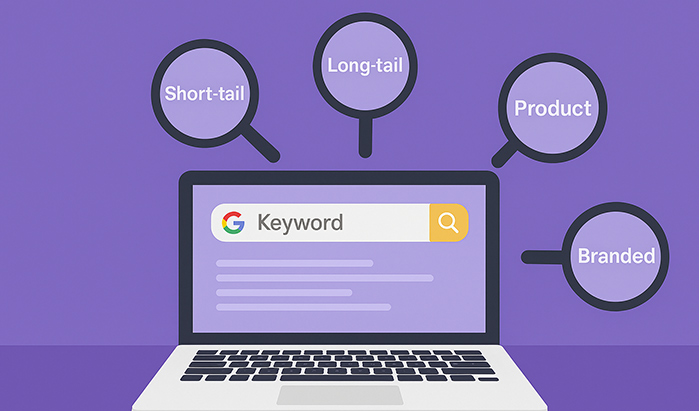







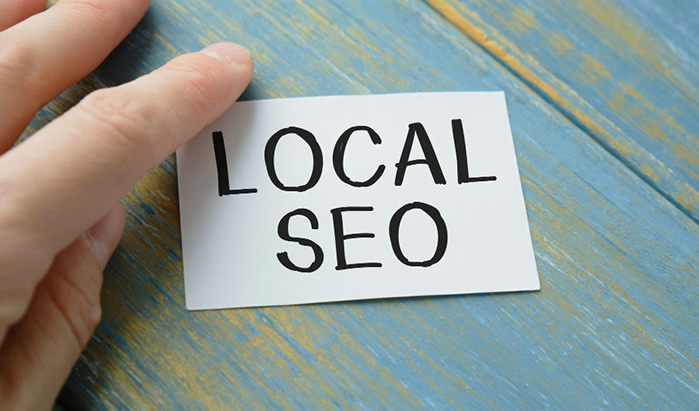
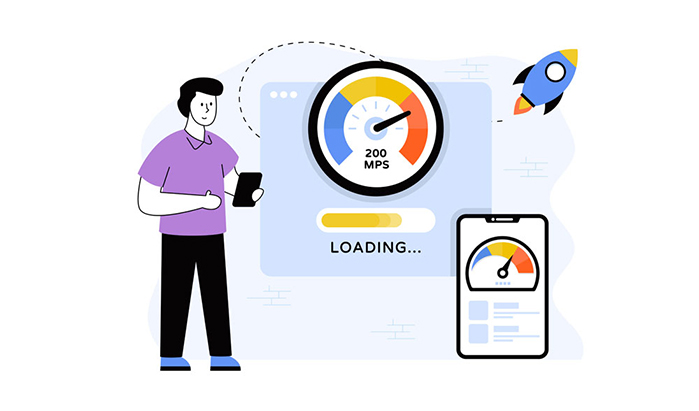



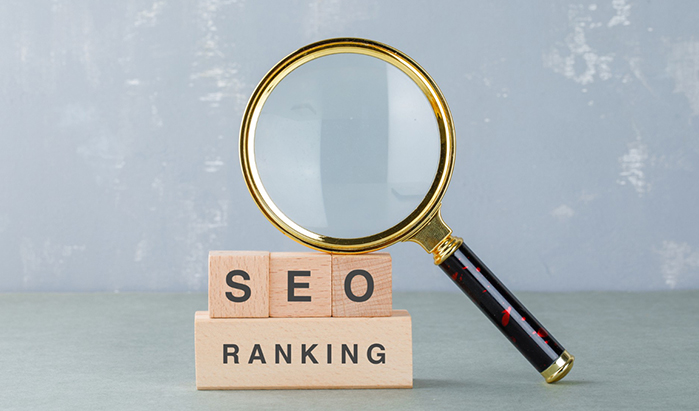





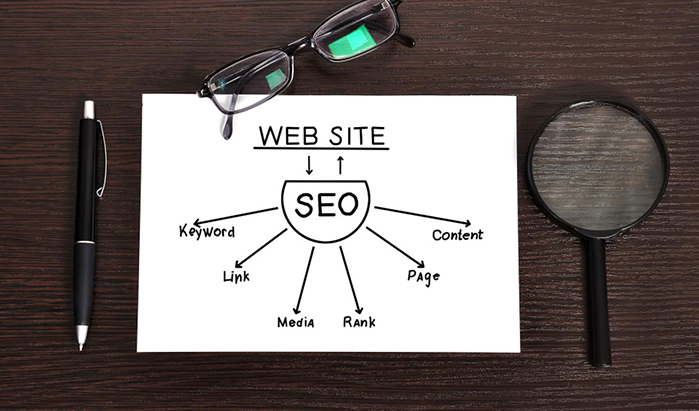

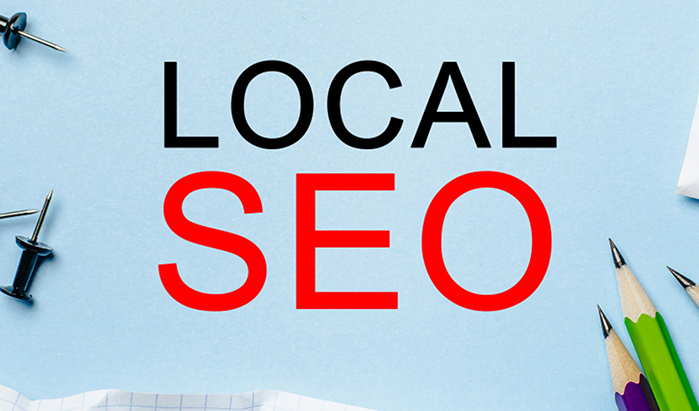

































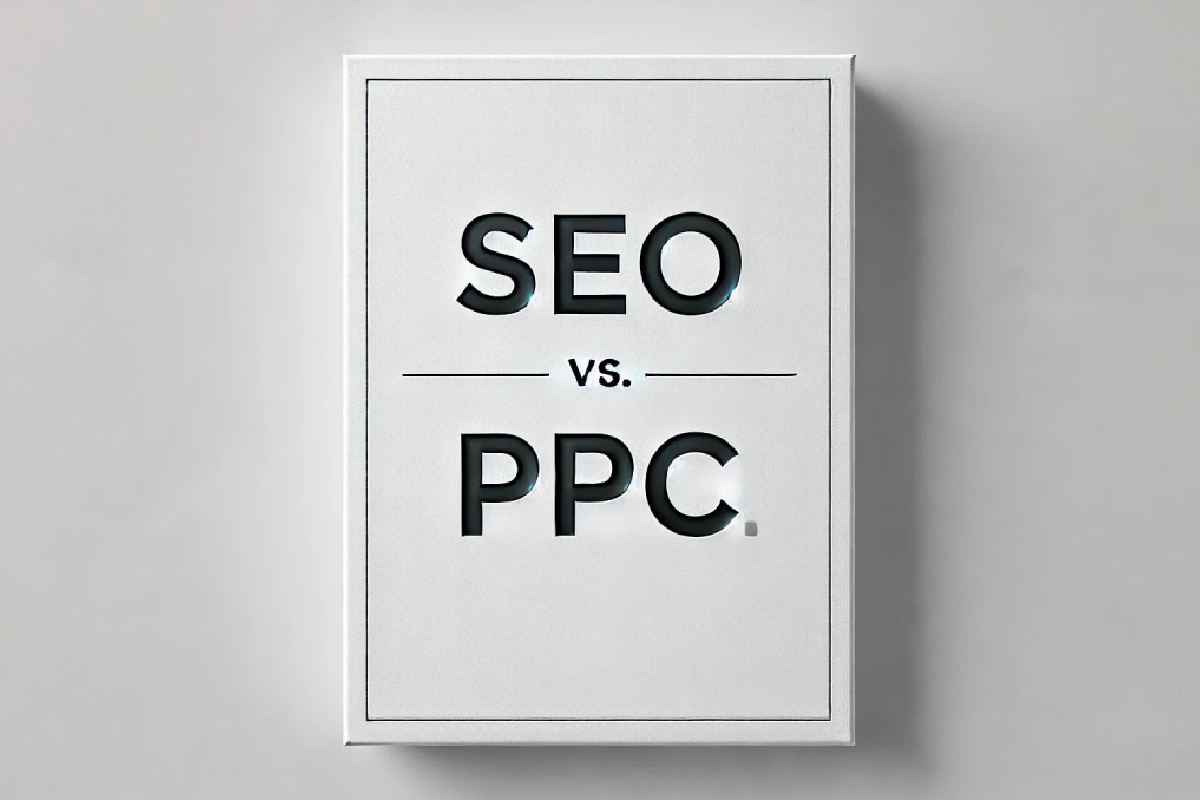









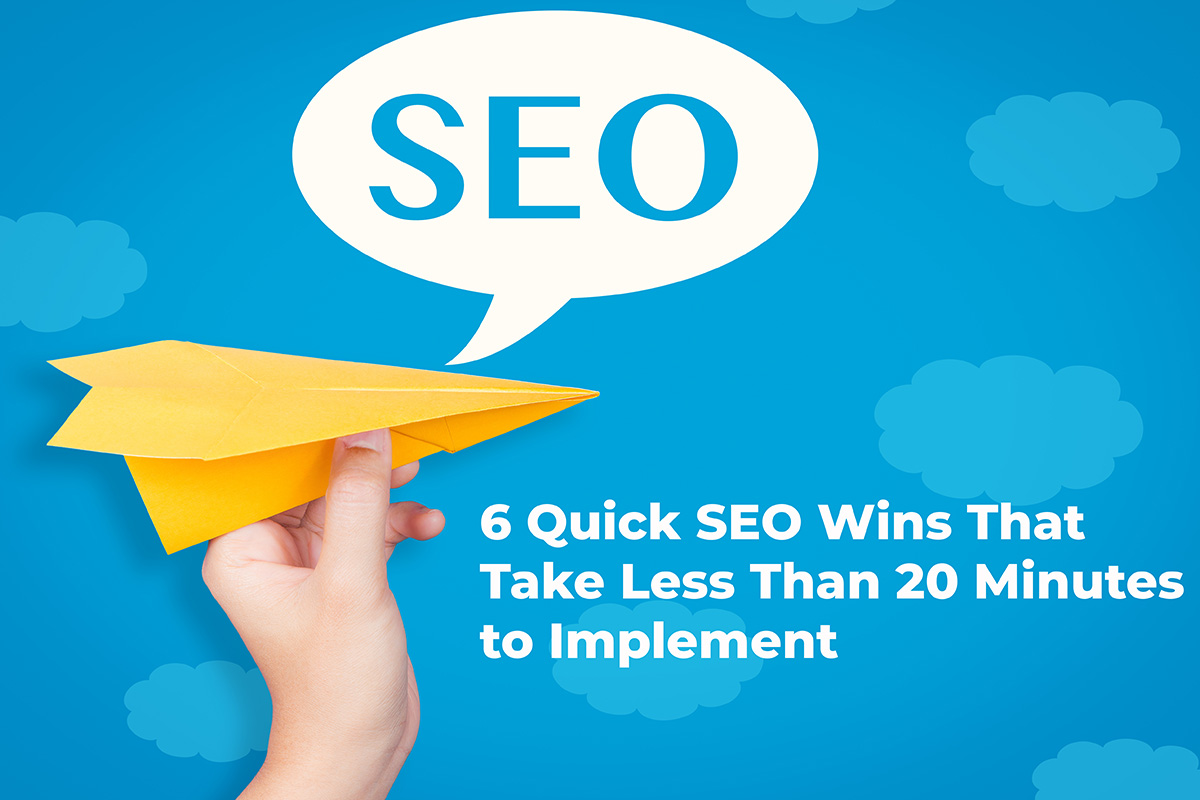






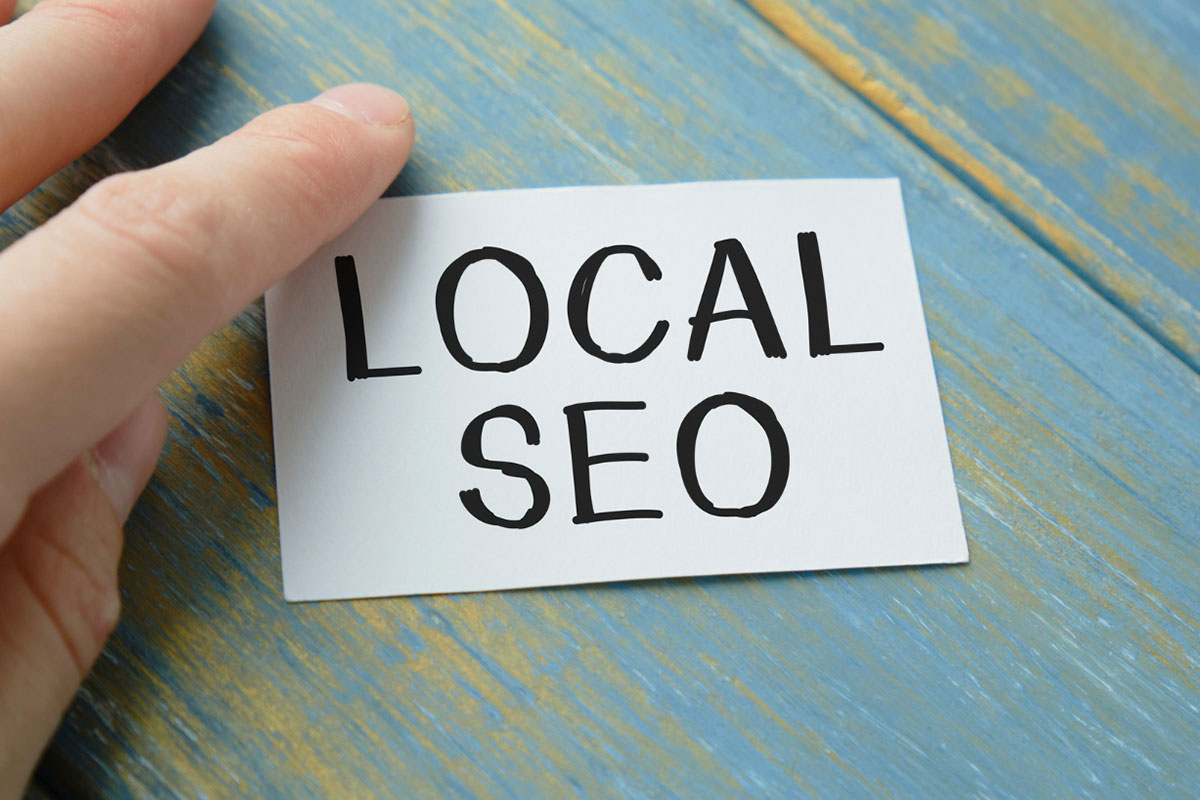





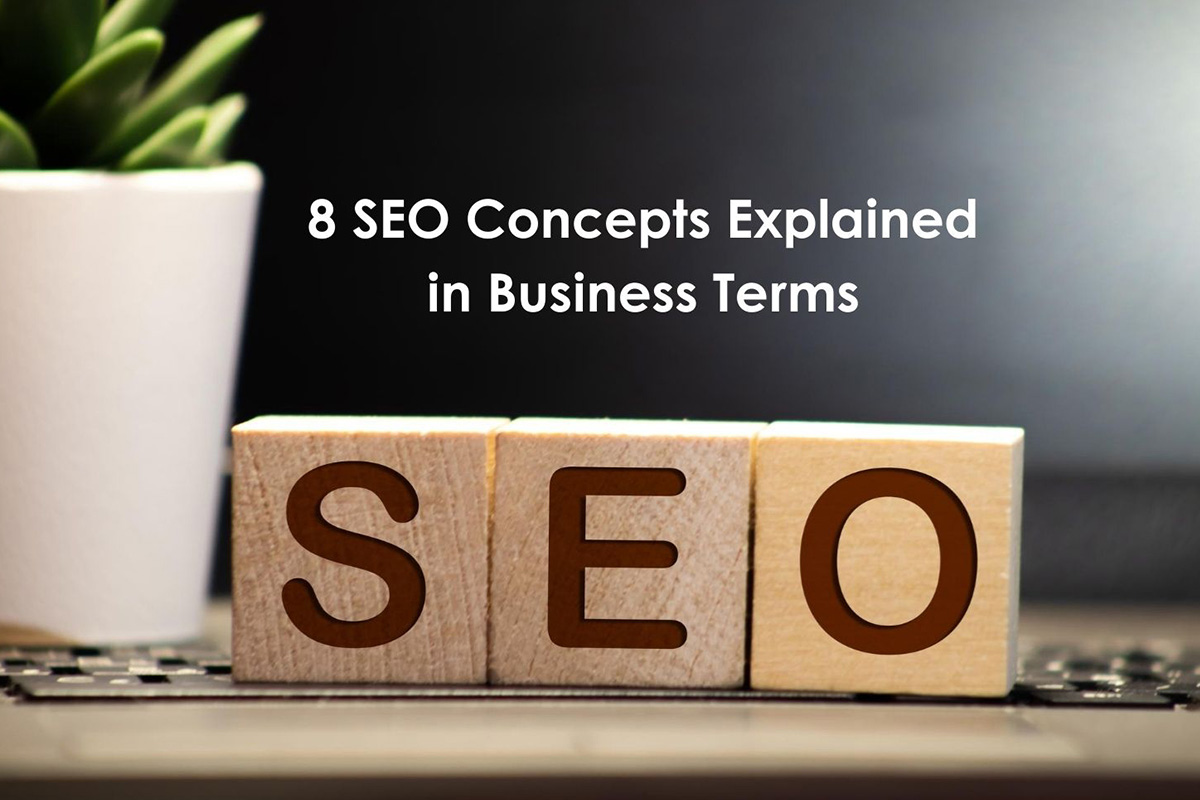



.jpg)
